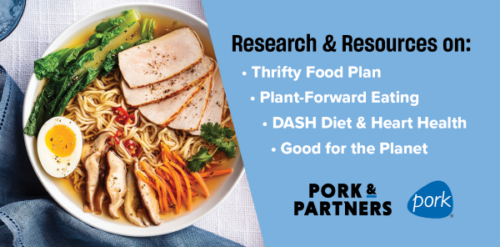Should food companies—and the Gates Foundation—sponsor nutrition conferences? In India?
I saw this posted on X (the site formerl known as Twtter, which I still find to be a useful source of information I would not otherwise know about).
Terrible news. @PepsiIndia @CocaColaCo @Unilever @KelloggsUS
Sponsor the Annual Conference of Nutrition Society of India . What a shame and conflicts of interest! @ICMRNIN @ICMRDELHI @mygovindia @TimothyWSchwab please note Gates Foundation. @RemaNagarajan @chetanecostani pic.twitter.com/iSRhaUVNOb— Dr Arun Gupta MD FIAP (@Moveribfan) November 25, 2023
I also saw a post from Joes Spicer, head of Nutrition International, announcing its withdrawal of funding for the conference because of the food industry sponsors.
And then Tim Schwab, whose book, “The Bill Gates Problem,” I cannot wait to get to, sent this:
In India last week, a minor furor erupted over the Nutrition Society of India’s annual conference being so brazenly sponsored by companies like Coca-Cola. But Coke is only a “gold” sponsor. The “platinum” sponsor? The Gates Foundation.
For two decades, Gates has partnered closely with corporate interests—from Coca-Cola to Pfizer—and presented them to the world as humanitarian partners. Because the foundation is such an admired and celebrated charitable body, Gates has had a powerful effect on normalizing, institutionalizing and legitimizing corporate partnerships and conflicts of interest throughout science and policy making.
Food and drug companies love to sponsor nutrition conferences. What better way to convince influential professional researchers and teachers that your products are good for health and nothing should be said about restricting or regulating them.
The role of the Gates Foundation is much less obvious and much more important because of its money and interntional power. Schwab’s book promises to address such matters. I will have more to say about it when I’ve had a chance to read it.
In the meantime, nutriton societies oin the U.S. and India too would be more credible if they avoided taking food industry sponsorship. If they take Gates Foundation money, it had best come with no strings and no implied endorsements.
If F0undatios were really altruistic, they would provide donations anonymously and not expect a quid pro quo. When they expect a quid pro quo, it’s best to find out exactly what it is.






